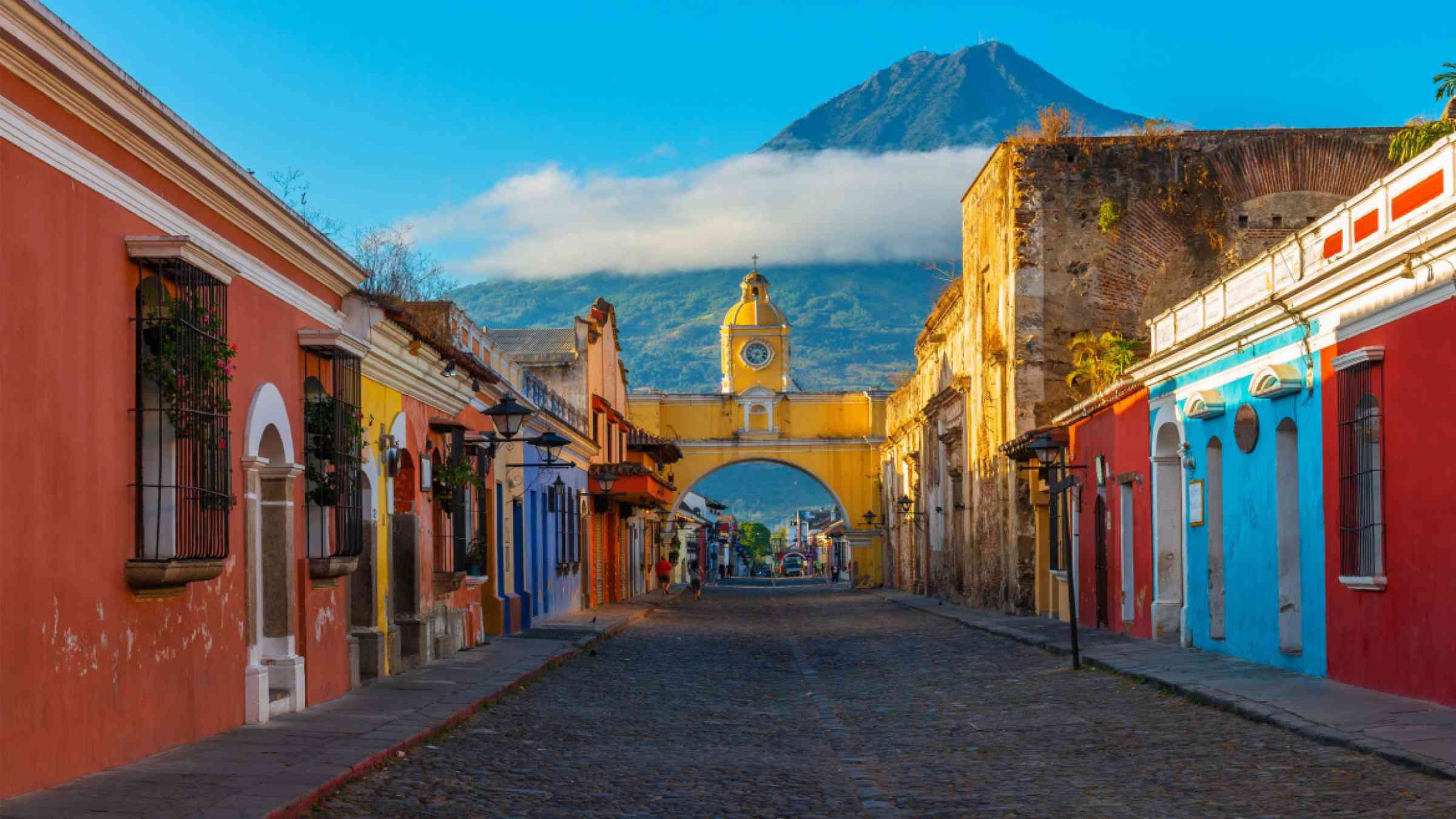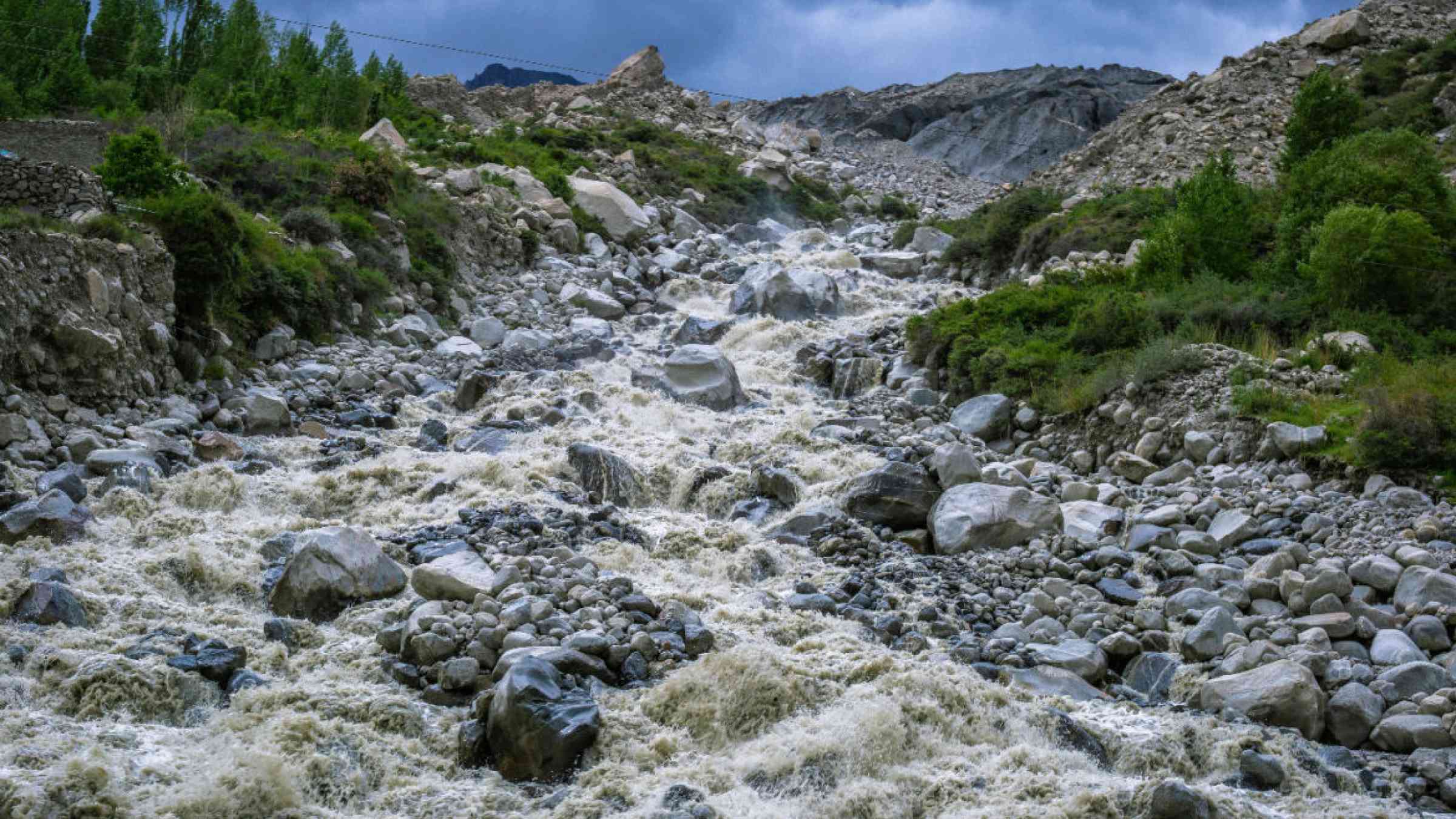Understanding disaster risk: Components of risk
Disaster risk is the consequence of the interaction between a hazard and the characteristics that make people and places vulnerable and exposed.

Disaster risk is expressed as the likelihood of loss of life, injury or destruction and damage from a disaster in a given period of time.

A hazard is a process, phenomenon or human activity that may cause loss of life, injury or other health impacts, property damage, social and economic disruption or environmental degradation. Hazards may be natural, anthropogenic or socionatural in origin.

The characteristics determined by physical, social, economic and environmental factors or processes which increase the susceptibility of an individual, a community, assets or systems to the impacts of hazards.

The situation of people, infrastructure, housing, production capacities and other tangible human assets located in hazard-prone areas.
This is part of the Understanding Disaster Risk section on PreventionWeb, which explains the concept of disaster risk, risk assessment, and management strategies, emphasizing collaboration among stakeholders for effective disaster risk reduction.